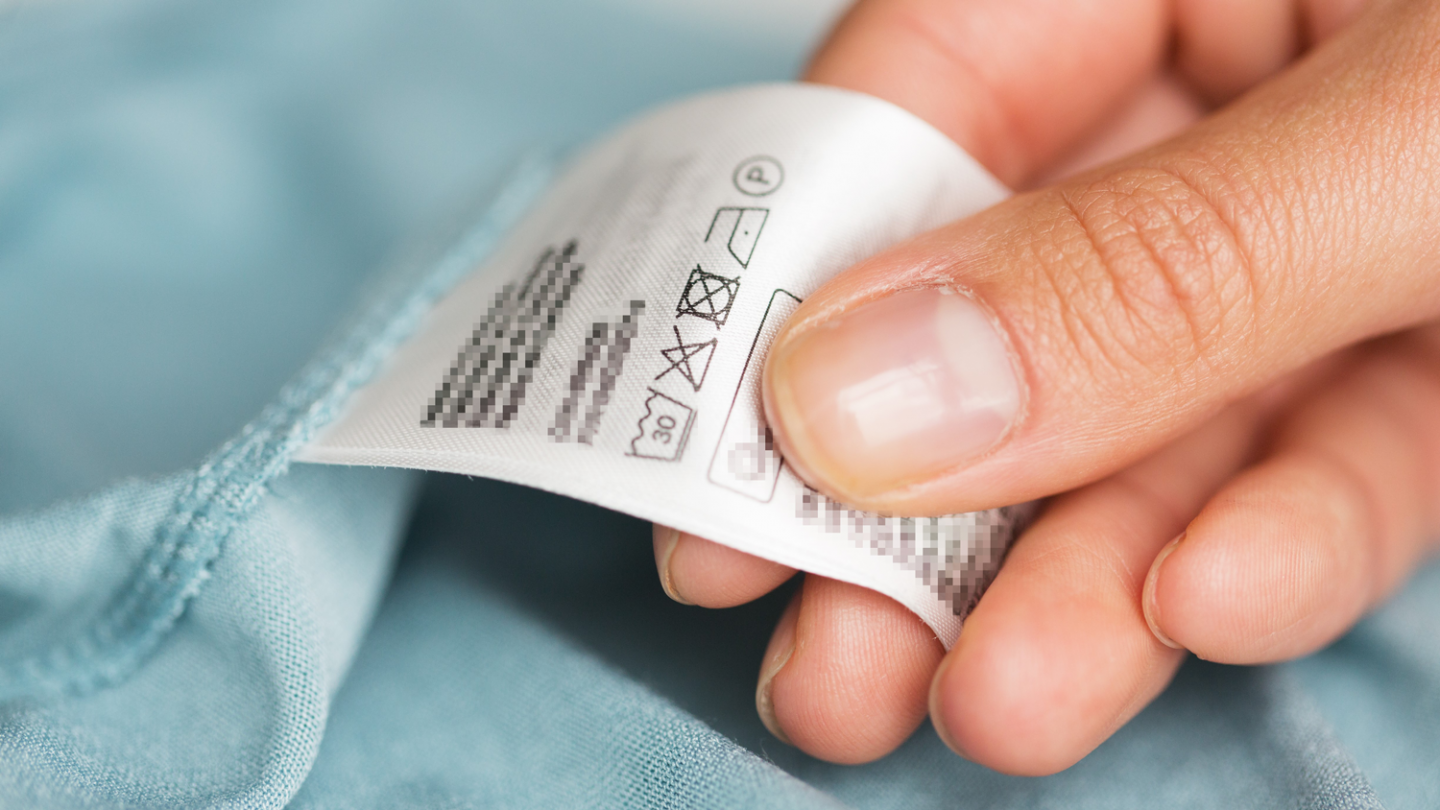The PuroClean Blog
How Do You Remove Mould Stains from Textiles?

Wet clothes or fabrics are highly vulnerable to mould infestation if they’re not dried in time. Yet, mouldy garments can still be saved if there are only a few spots of mould on them. Here are tips to remove mould from textiles.
- Reading the labels — First of all, it’s best to follow the manufacturer’s instructions about the suggested water temperature for washing and how the clothing items should be dried.
- Scrubbing off the mould stain — A mould stain remover, such as household soap, white vinegar or bleach, should be applied to the textiles, then a toothbrush can be used to brush off the surface mould. This should be done gently to avoid damaging the fabrics.
- Pre-soaking the fabrics — Since mould stains are hard to remove, the garments should be pre-soaked before washing. They can be saturated for one hour in a commercial pre-soak product or in a bucket of water with one cup of white vinegar.
- Washing the clothes in hot water — Besides being effective at removing bacteria and allergens, hot water also kills mould spores better. Of course, the maximum recommended water temperature to wash the clothing should not be surpassed. Materials that can’t be washed should be taken to the dry cleaner.
- Using a mould killing solution in the washer:
- Vinegar – One or two cups of vinegar can be added per cycle along with normal detergent to kill any mouldy smells and brighten white fabrics.
- Borax – It can also be used in a regular washing cycle, but only with organic fabrics like cotton and linen. Half a cup of borax can be dissolved in hot water and then added into the machine once it has filled with water.
- Bleach – This substance can kill mould in fabrics, but it can fade colours. So, spot-testing first (and reading the label) is recommended. Clothes that won’t be damaged can be washed with normal detergent and one cup of bleach.
- Hang-drying washed clothes in the sun — Sunlight has a natural bleaching effect and helps kill mould spores in the fabric. Using the clothes dryer should be avoided, as heat from this machine can make spots visible and difficult to remove.
- If mould stains persist even after following the above steps, the whole process should be repeated. Alternatively, textiles can be dyed a darker colour, which may cover the stains for good.
Mould can also grow on other textile items in a home, such as upholstery and carpet. However, dealing with mould on these items – IF they can be salvaged – is a more difficult and time-consuming job. Call PuroClean to properly remove mould on upholstery, mattresses, rugs, and carpet.
July 9, 2019


